When it comes to popular back exercises, you simply cannot overlook lat pull-downs. No matter what, when it comes to back training, virtually all training programs will have some variation of the lat pull-down included. Generally however, you will find that the two most popular variations are front, and rear.
For those of you looking to add mass, thickness, and definition to your backs, the lat pull-down is indeed a truly wonderful exercise that has a place in virtually all training regimes in one way or another. Despite it being so popular however, not a great deal is understood about the exercise, or its variations. In this article we’ll be examining the differences between front and rear lat pull-downs and weigh up the various pros and cons associated with each variation, looking at their effectiveness and overall safety.
Front lat pull-downs
When it comes to front lat pull-downs, this variation of the exercise is probably the variation that you are most familiar with. Front lat pull-downs require individuals to grip the bar using a pronated grip wider than shoulder width, and to slowly bring the bar downwards, bringing it as close to their middle-chest as they possibly can. They will then hold in this position for a second, before slowly bringing the bar back up in the air, until their arms are fully extended and they can feel a slight stretch in their latissimus dorsi (lats).
The trapezius muscles and rhomboid muscles are also worked, along with the pectoral muscles. The key motion of this exercise is known as humeral adduction. Front lat pull-downs are generally considered more beneficial because they place less stress on the rotator cuffs and shoulder joints, plus they allow you to target your lat muscles more effectively than other variations of the exercise.
Rear lat pull-downs
Rear lat pull-downs are performed when an individual grips the bar using a pronated grip just wider than shoulder-width. They then lean forward slightly, and bring the bar downwards and hold it behind their neck, resting on the upper trapezius muscle, before returning to the starting position.
Rear lat pull-downs are generally not as popular as front lat pull-downs, and there are a few key reasons why. You see, though they do provide certain advantages of front lat pull-downs, the main issues associated with rear pull-downs, is the fact that they can potentially place a great deal of stress onto the rotator cuffs and shoulder joints.
In the Strength and Conditioning journal, a recent study was published which pointed out that, when an individual’s shoulder joint is externally rotated, as well as manipulated so that it falls into a position of horizontal abduction, in order for the body to stabilize the humerus head, the rotator cuff muscles are forced to work much harder. This additional exertion puts them at a much greater risk of injury such as tendonitis.
One key advantage over rear lat pull-downs, however, is the fact that they function as very effective compound movements, and therefore assist with the targeting of multiple other muscle groups. Another safety concern associated with this variation however, is that it could place additional stress onto the spine. Due to a lack of flexibility, people often protrude their heads forward excessively, which has been found to place additional stress onto the cervical spine.
Conclusions
Determining which variation of the lat pull-down is superior is very tricky as different studies reveal different findings. In general, however, the results do appear suggest the fact that both variations work very similar muscle groups in similar ways.
As you can see from the above, if we were to weigh up the various pros and cons associated with each variation, we would find that front lat pull-downs appear to be the superior exercise in some regards. The primary reason for this is that they are considered much safer as they place far less stress onto the rotator cuff and shoulder joints.
Rear lat pull-downs are beneficial if performed correctly, but the risks are far greater, so perfect form and posture is absolutely critical in regards to this exercise. You may also find that different athletic abilities may also play a part, as those who are more flexible than others, may benefit more from rear pull-downs, and vice versa.
Reference:
- A Biomechanical Comparison of the Front and Rear Lat Pull-down Exercise (Doctoral dissertation, University of Florida).
- Comparative electromyographical investigation of the biceps brachii, latissimus dorsi, and trapezius muscles during five pull exercises.
- Electromyographic analysis of three different types of lat pull-down.
- SuppVersity EMG Series – Latissimus, Trapezius & More: The Very Best Exercises for Back Width & Thickness.
- Variations in muscle activation levels during traditional latissimus dorsi weight training exercises: An experimental study.
- Voluntary increase in latissimus dorsi muscle activity during the lat pull-down following expert instruction.Wend-Uwe Boeckh.
- Behrens, Wolfgang Buskies: Fitness-Krafttraining. Die besten Übungen und Methoden für Sport und Gesundheit, Rororo.
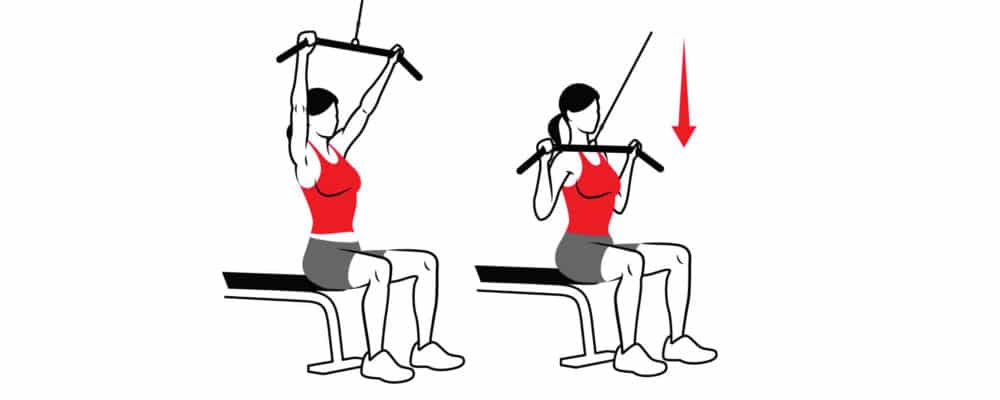
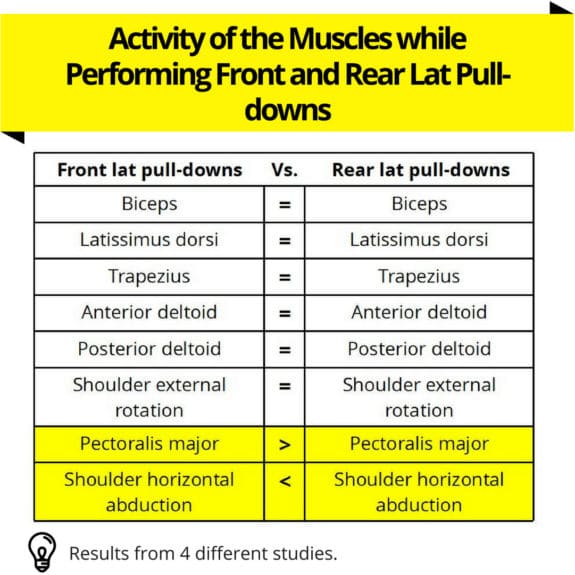
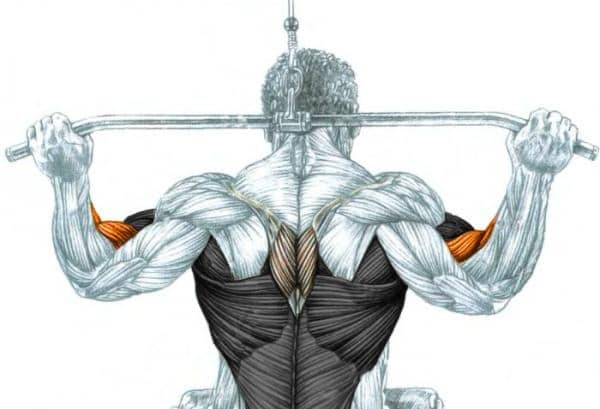
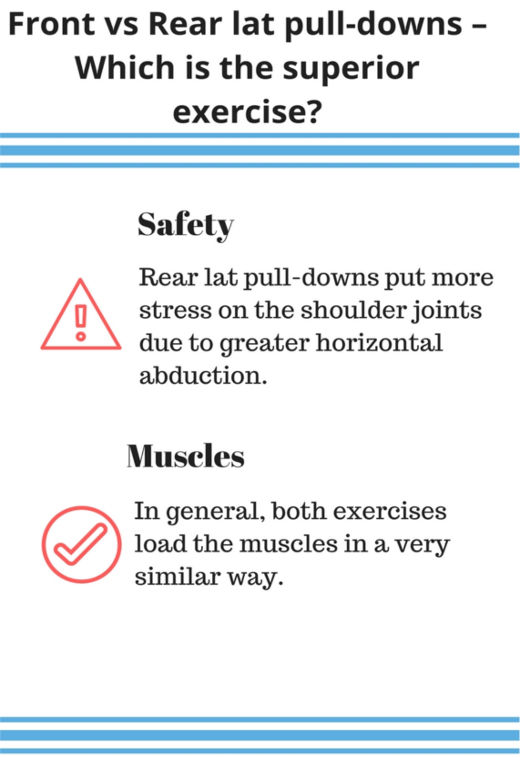
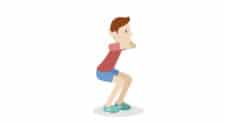
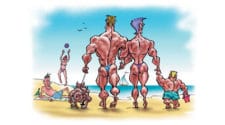

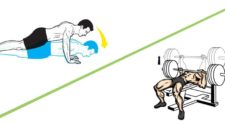
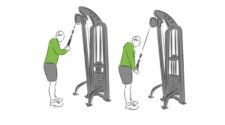
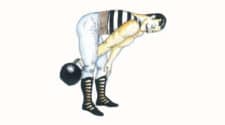
Leave a Reply